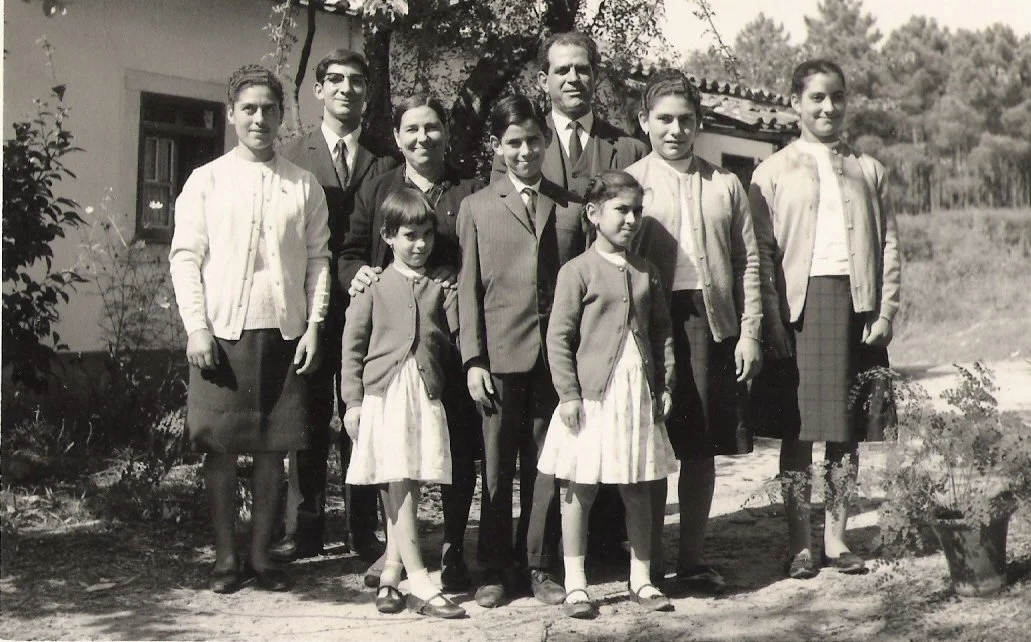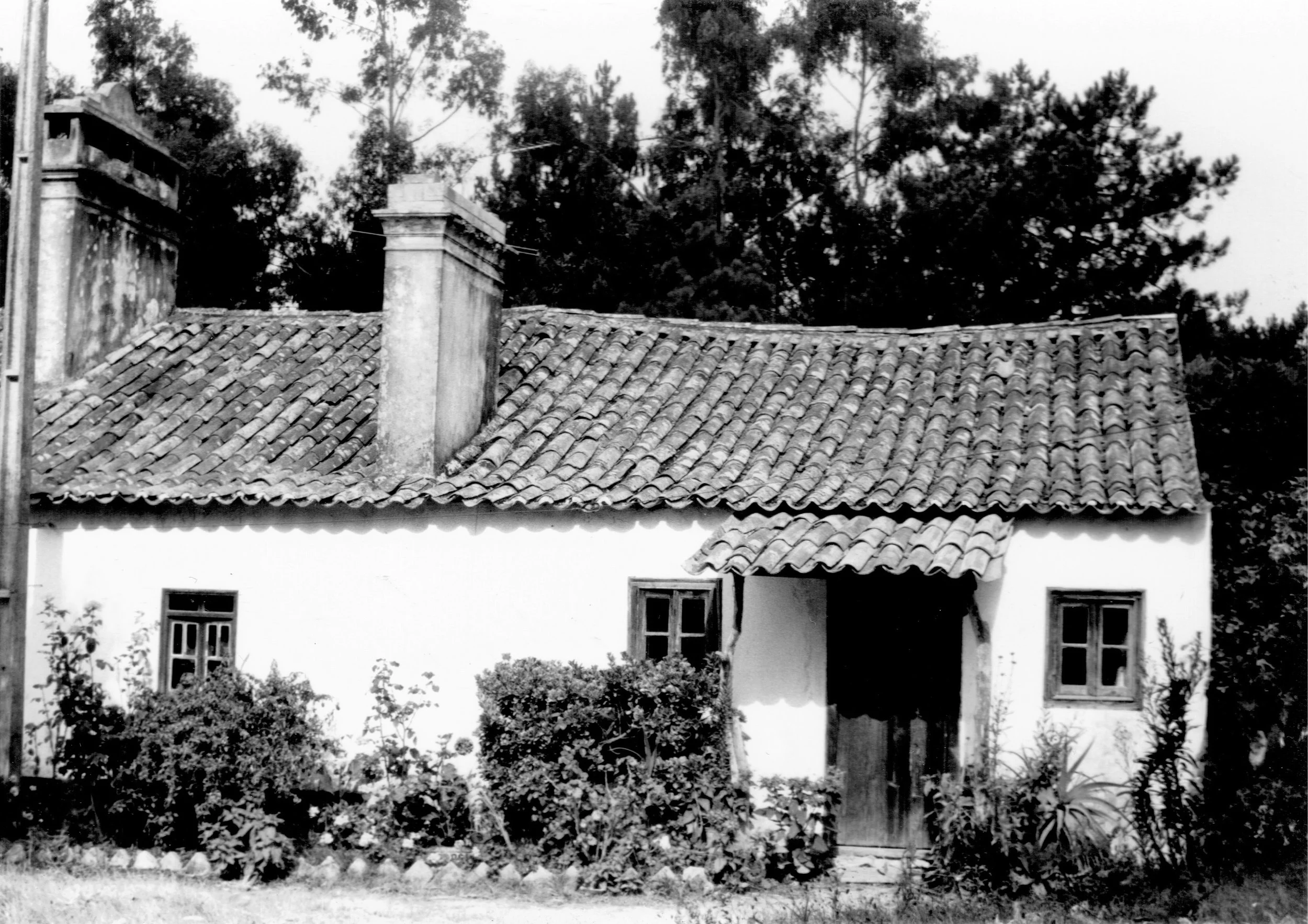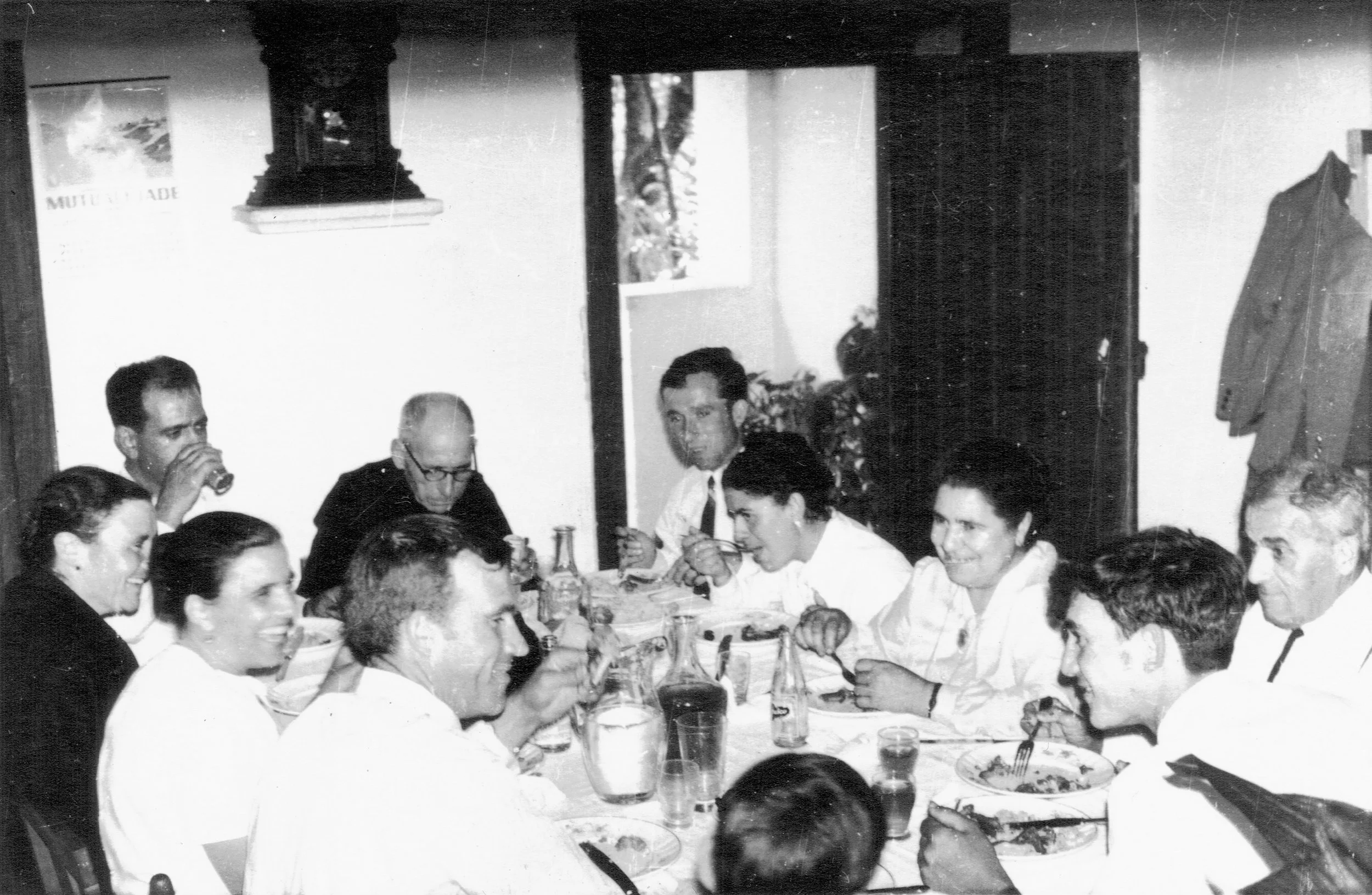THE STORY OF MANUEL RODRIGUES CARREIRA, QUINTA FILIPPA FIRST OWNER
Manuel Rodrigues Carreira, was born on March 25, 1878, with limited resources and five children to support, his father sent him at the age of 12 to work on a farm in Coimbrão as a cattle herder. At night, he stayed and ate at the farmhouse. Eager to learn, he asked the farm’s owner, Professor Ulisses, to teach him to read and write—an uncommon opportunity in rural villages without schools. He also sought to understand units of measurement, such as length and volume.
After a few years, Manuel asked his employer to settle accounts with his father so he could pursue a trade. When Professor Ulisses questioned why he would leave to return to a life of hardship, Manuel confidently explained his plan to become a sawyer. He returned home and began working in the pine forests, cutting wood with a manual saw—a physically demanding and grueling job. With the small savings he accumulated, he soon began working independently, buying tree trunks and transforming them into planks and beams. Using a traditional sawhorse, or “burra,” the logs were lifted and secured for manual sawing. One sawyer stood atop the log while another worked below, both pulling the heavy saw in unison through great physical effort. Gradually, Manuel expanded his business, acquiring five saw horses and employing ten workers.
In 1902, Manuel Rodrigues Carreira began constructing his home, completing it by 1906, as revealed by two inscriptions discovered during renovations in the 21st century. Built using traditional regional techniques, the house was made of adobe—clay, stones, and water mixed by oxen and sun-dried in wooden molds. The house was built facing east, featuring a porch typical of the region, wooden shutters, and a large chimney over the open hearth. Over time, he added agricultural buildings, animal pens, a wine cellar, and a threshing floor, creating a total area of 500m². To the north, a large brick-arched gate opened into a spacious courtyard where the family’s daily life unfolded in privacy.
Manuel’s first son, also named Manuel, was born in 1909, followed by daughters Maria (1911), Teresa (1916), and Albertina (1920). In a country where illiteracy was widespread, particularly in rural areas, Manuel Rodrigues Carreira understood the transformative power of education. He ensured his son Manuel attended school in Monte Redondo to learn reading and writing, equipping him with tools for a better future. At home, he personally taught his daughters to read and write, as there was no school in the village. While societal expectations reserved domestic and agricultural roles for daughters, Manuel Rodrigues Carreira’s son later became a carpenter and, eventually, a property assessor for the State Finance Services.
A determined and resourceful man, Manuel Rodrigues Carreira often traveled on his faithful Garrano mare to manage his timber business. While his primary focus was sawing and processing wood, his entrepreneurial spirit led him to reinvest profits in land. He bought fields from neighbors who needed quick cash or inherited land, steadily expanding his property portfolio. As a landowner, he employed farmworkers to cultivate his fields. At home, two maids managed household tasks, prepared meals for the family, and cared for the animals. While Manuel oversaw his timber operations, his agricultural workers meticulously tended to the crops.
The threshing floor, overlooking the valley, was the heart of agricultural activity in late summer. Here, cereals and legumes were dried and processed: rye, beans, chickpeas, and corn were threshed, shelled, and stored in wooden bins or sacks. Corn cobs were kept ventilated in a granary to preserve them. Daily meals consisted of cornbread, legumes, and vegetables, supplemented by meat from pigs, rabbits, and chickens raised on the property. Manuel also planted olive trees and grapevines. Each autumn, the family harvested grapes for wine and olives for oil, storing both in large barrels for household use. These provisions supported the family and nourished the farmworkers.
In 1943, when Teresa (Manuel Rodrigues Carreira’s daughter) married Manuel da Silva Azinheiro, Manuel gifted her the family home, having already built houses for his other children. For himself, he converted part of the wine cellar into a modest space with a living room, bedroom, pantry, and kitchen, ensuring his comfort and independence while remaining close to the family. In the early 1950s, Manuel moved to live with his youngest daughter, Albertina, in Monte Redondo to be closer to medical care. His children regularly sent him oil, wine, cereals, legumes, and meat from their fields. At 80 years old, he celebrated with a large family gathering that included all his children, sons-in-law, daughters-in-law, and grandchildren. He passed away in 1968, just two months before his 90th birthday.








